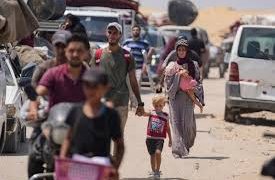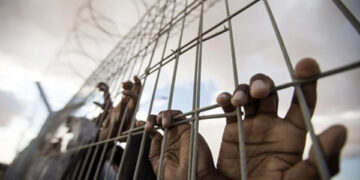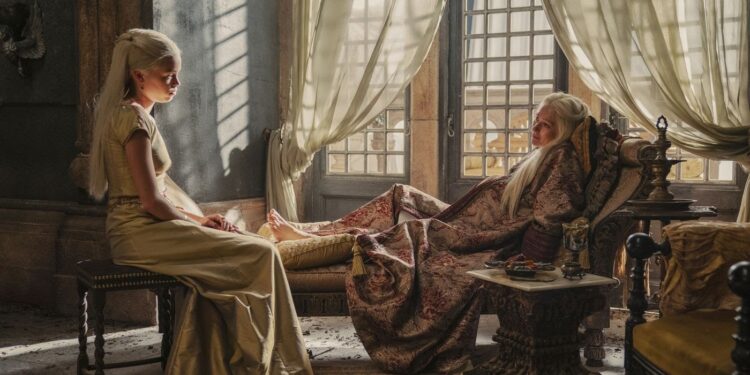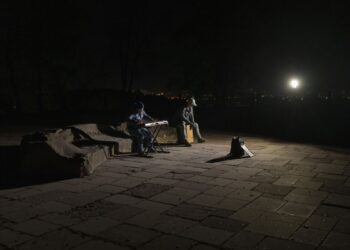Agencies-Gaza post
House of the Dragon tries to take its women pain seriously
House of The Dragon began with a scene of contested succession. In the year 101 AC, 182 years before the birth of Daenerys Targaryen, King Jaehaerys I calls the lords of Westeros to King’s Landing to witness him officially declare his successor.
Both his son and his brother have died, leaving the dynasty without an all-important male heir.
Besides, rather than appoint the obvious next in line his granddaughter Rhaenys Targaryen (Eve Best), only kid of the king’s oldest child as queen, Jaehaerys chooses the son of his second son, Viserys (Paddy Considine), to rule.
It’s an opinion that sets the tone for not only the premiere episode of HBO’s Game of Thrones prequel, but for the fate of the entire Targaryen dynasty.
Dubbed “The Queen who Never Was,” Rhaenys accepts her fate gracefully enough.
Fast-forward nine years, and we meet three more women whose existences are defined in relation to men, whether they be fathers, husbands, or sons. Rhaenyra Targaryen (Milly Alcock, in this first episode) is the king’s oldest and, for the moment, only kid, who’s always felt as if she disappointed her father simply by being born female.
She does not particularly enjoy the courtly lifestyle, and dreams of riding to glory in battle on the back of her dragon.
That doesn’t matter, however, because power is very gendered in Westeros.
As Rhaenyra’s mother, Lady Aemma Arryn (Sian Brooke) tells Rhaenyra early on in the episode, “the childbed is our battlefield.” Aemma’s and therefore her daughter’s power lies in her capacity to get pregnant and bear a male heir.
Nothing else matters. But, as Aemma tells her husband shortly before she goes to labor, “this will be the last one.” She’s suffered through mulstillbirths births
She’s suffered via multiple stillbirths and miscarriages, and her body can’t take any more pregnancies. And so she ceases to be of value to the realm, as is illustrated in the bloodiest scene in an episode full of them.
While Aemma tries to deliver a baby who’s breeched (i.e., is turned with the feet downward instead of the head, a common and dangerous complication), the maester pulls the king aside and tells him it’s time to “make an impossible choice.”
Who will live, and who will die? What’s more important: The potential of a baby boy, or the real, adult woman screaming in pain mere feet away? Significantly, no one asks Aemma her opinion on the matter.
In fact, she’s surprised and terrified when her husband kneels down beside her, strokes her hair and tells her not to be afraid, and nods to the maester to begin cutting.
Aemma will die as the maester performs a medieval Cesarean section on her, slicing directly into her stomach with only as much anesthesia as he could administer “without hurting the child.” (One assumes that Aemma was not consulted on this point, either.)
Viserys’ face falls with relief when the maester tells him the child is a boy. The sacrifice was worth it at least, until the boy dies as well.























